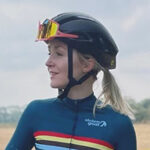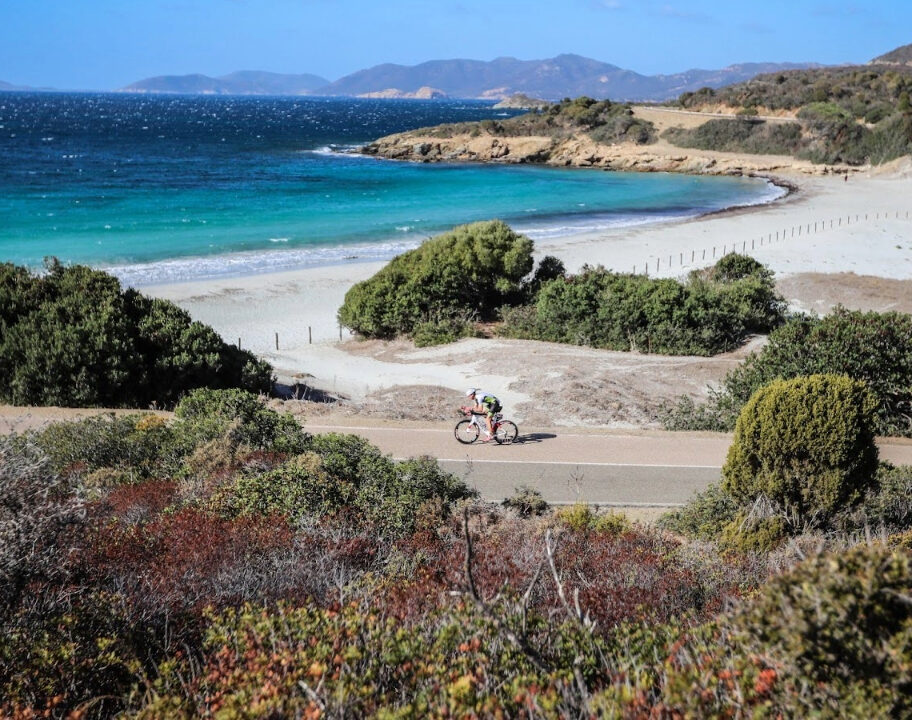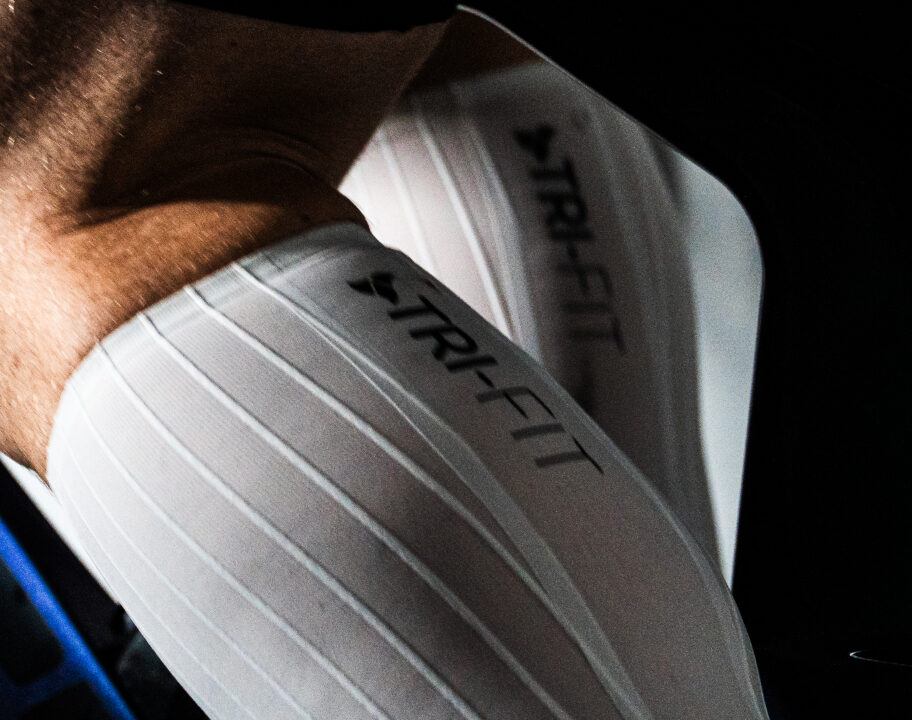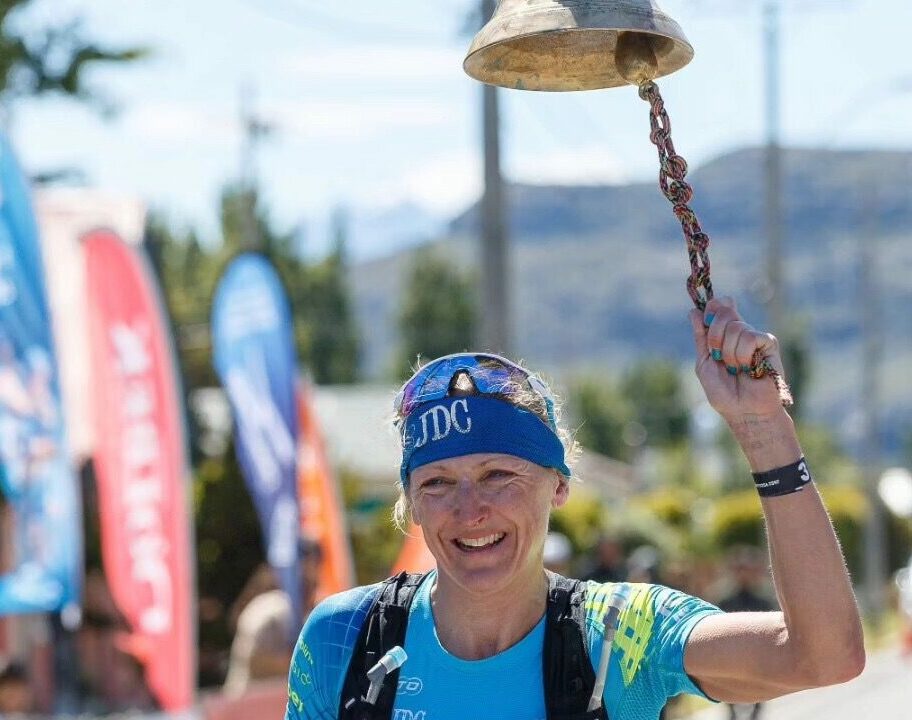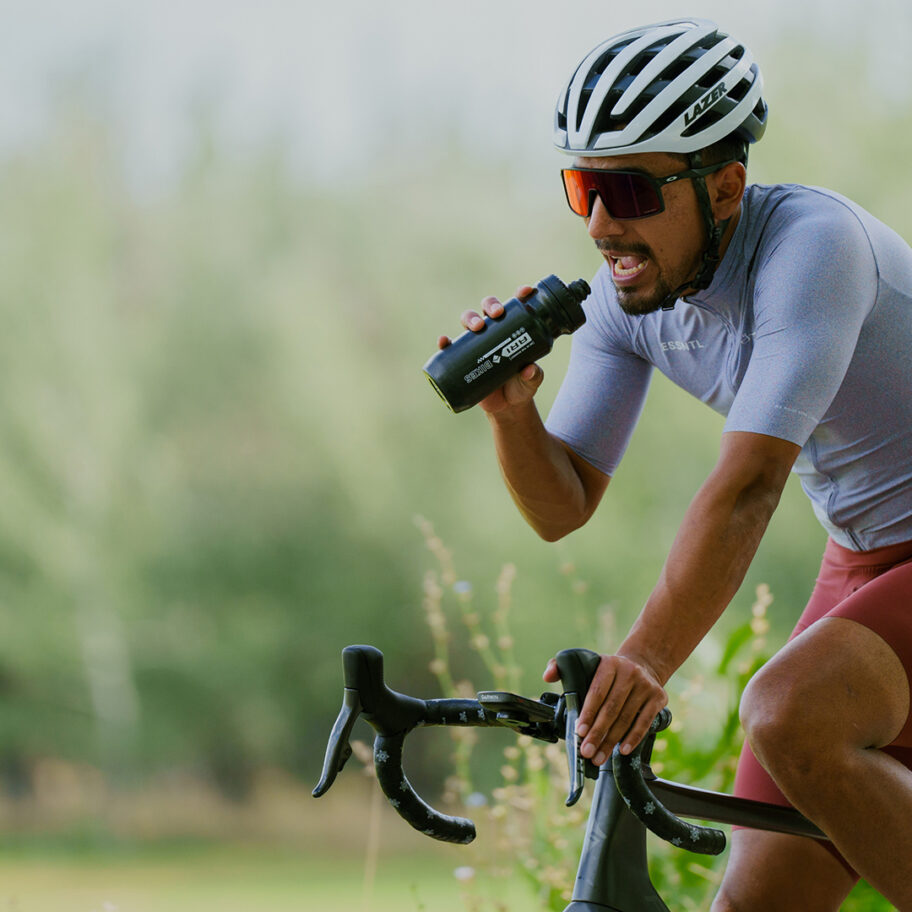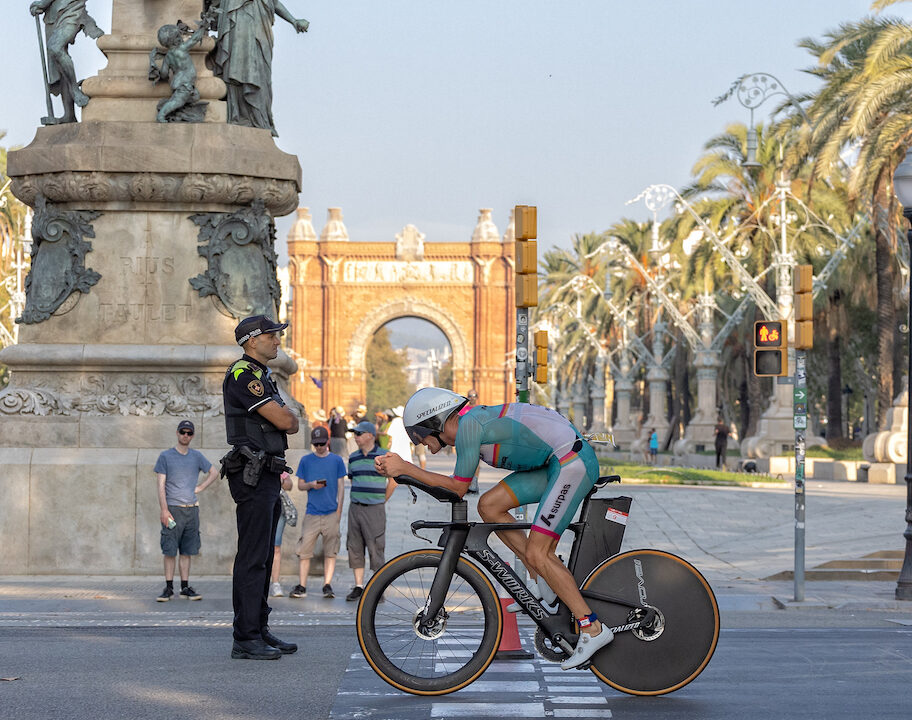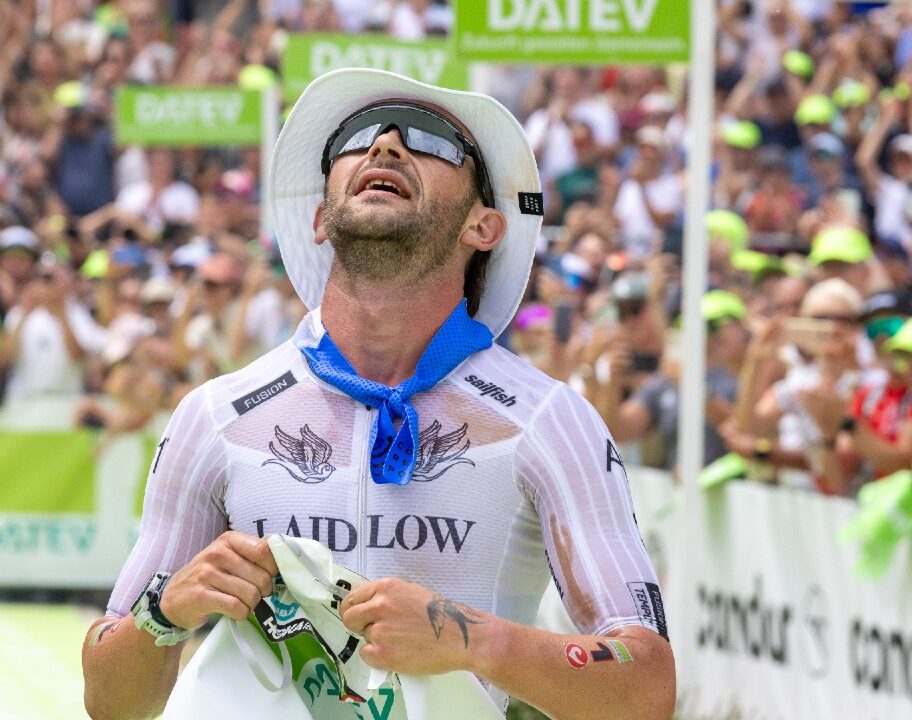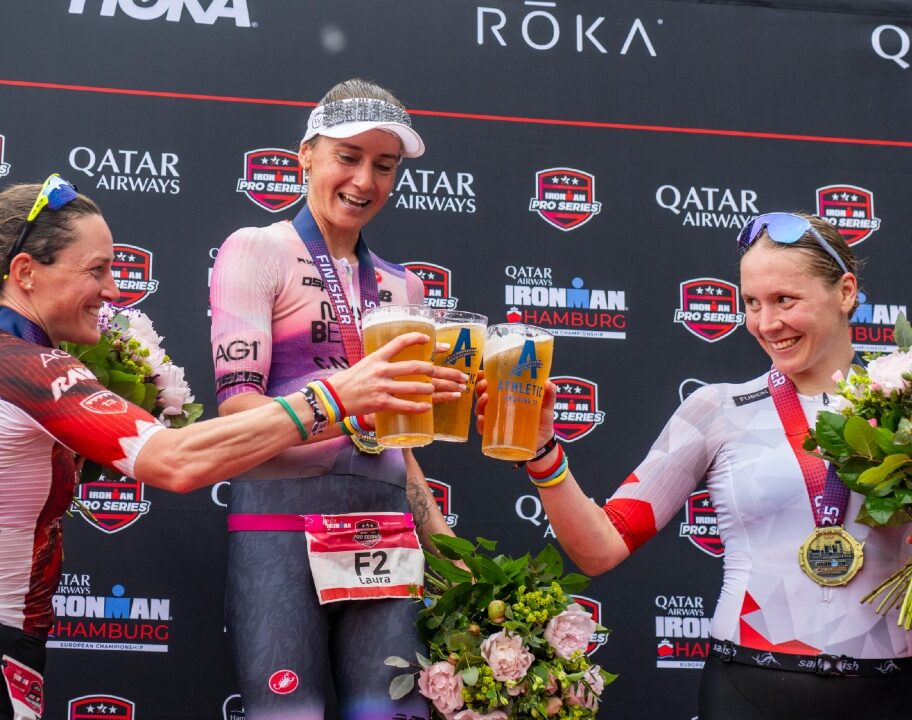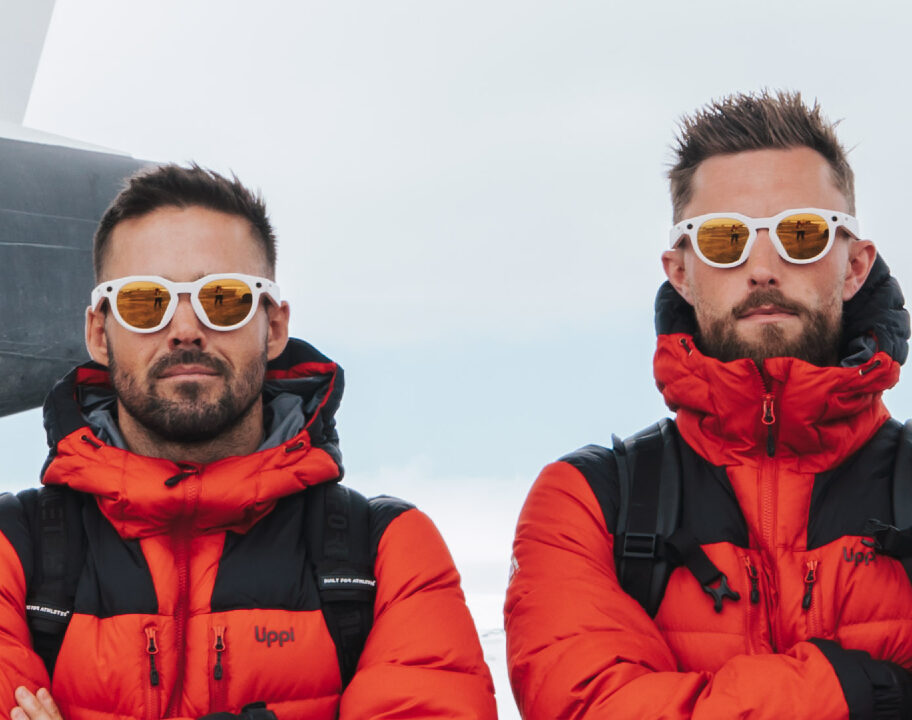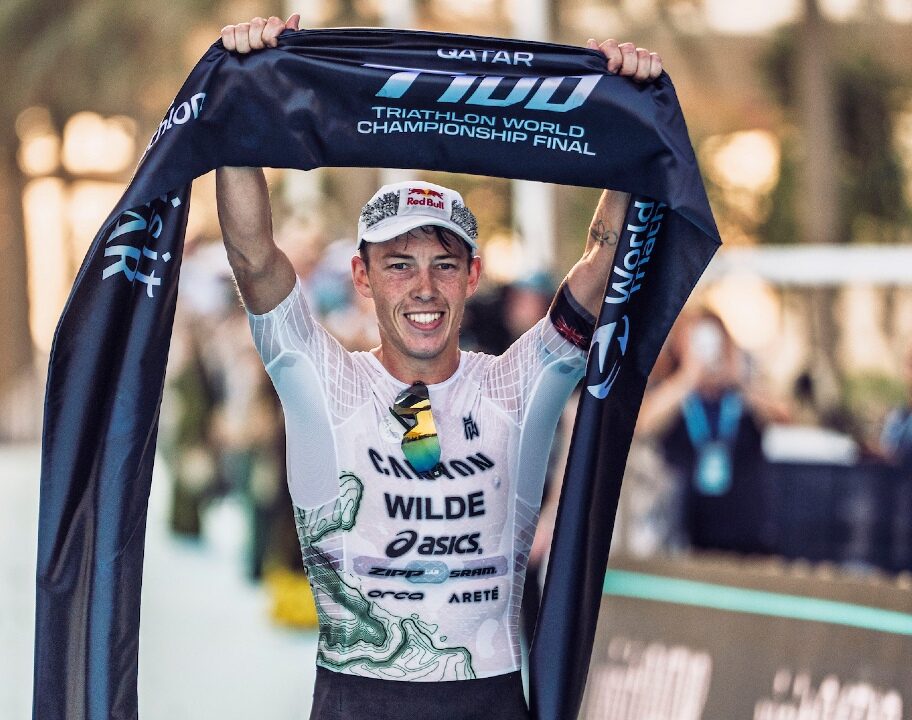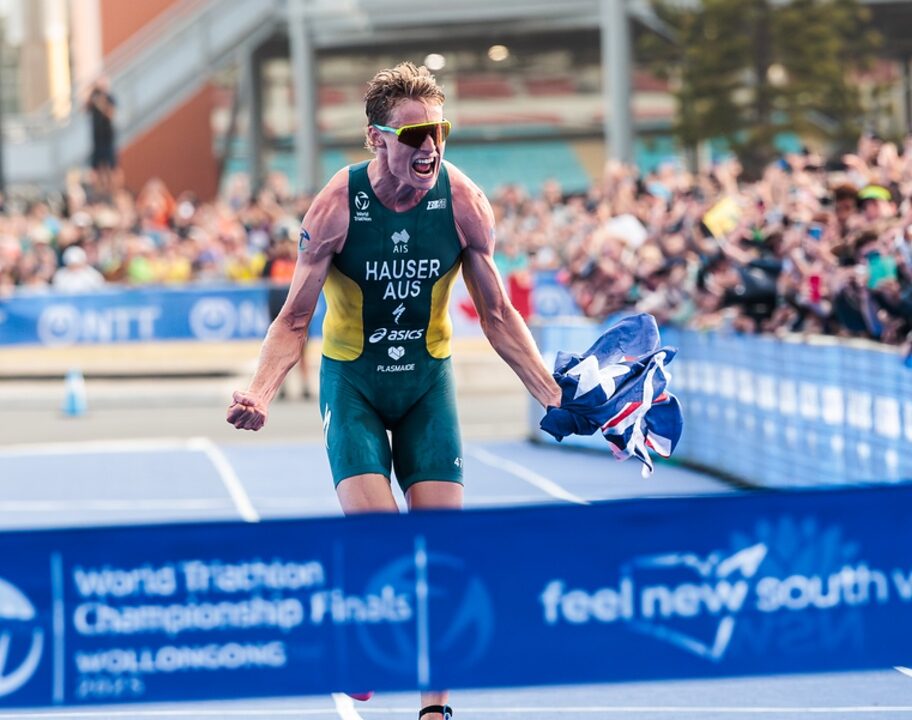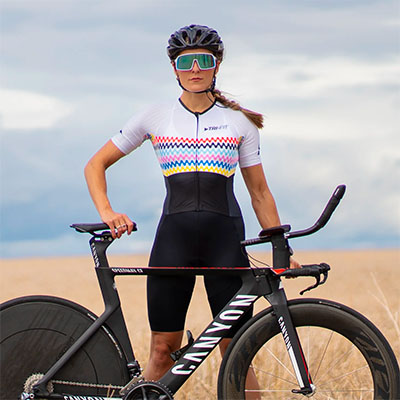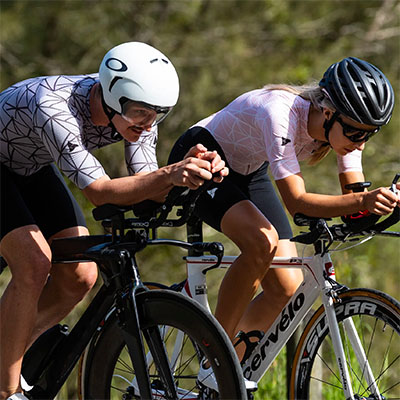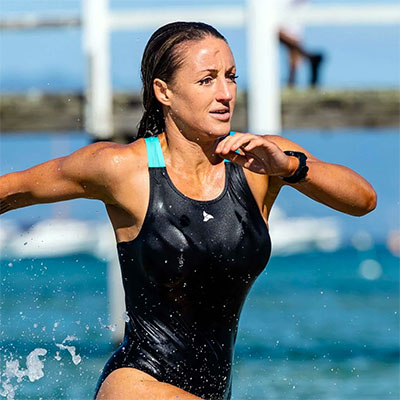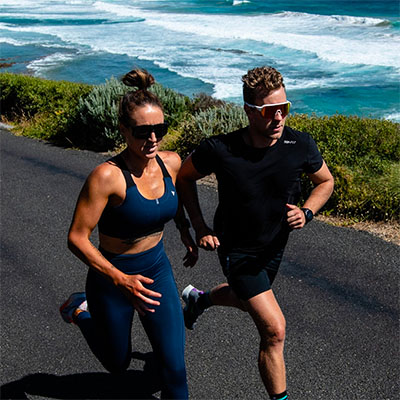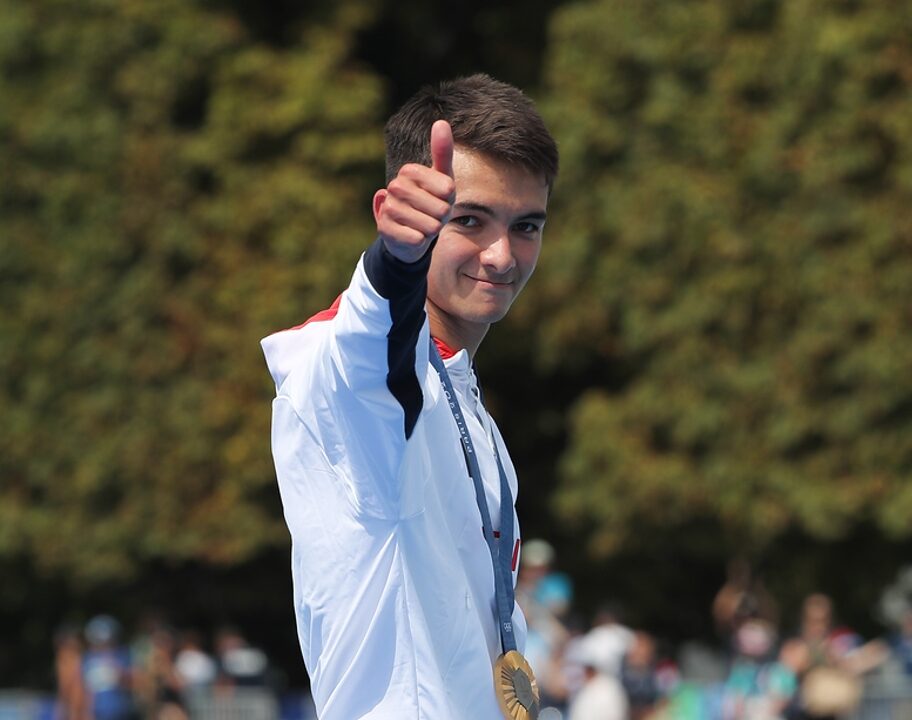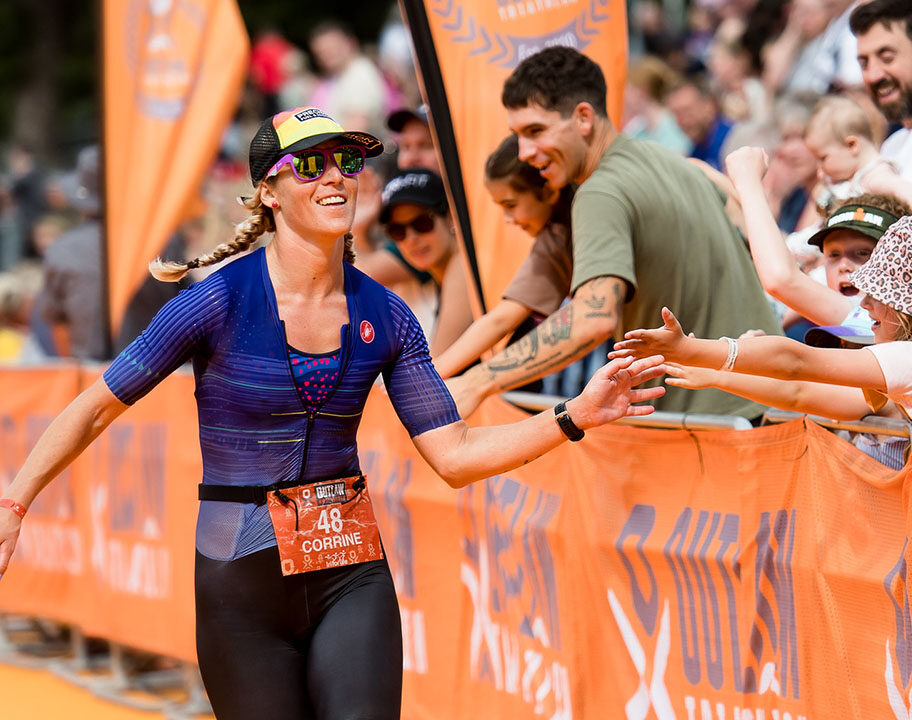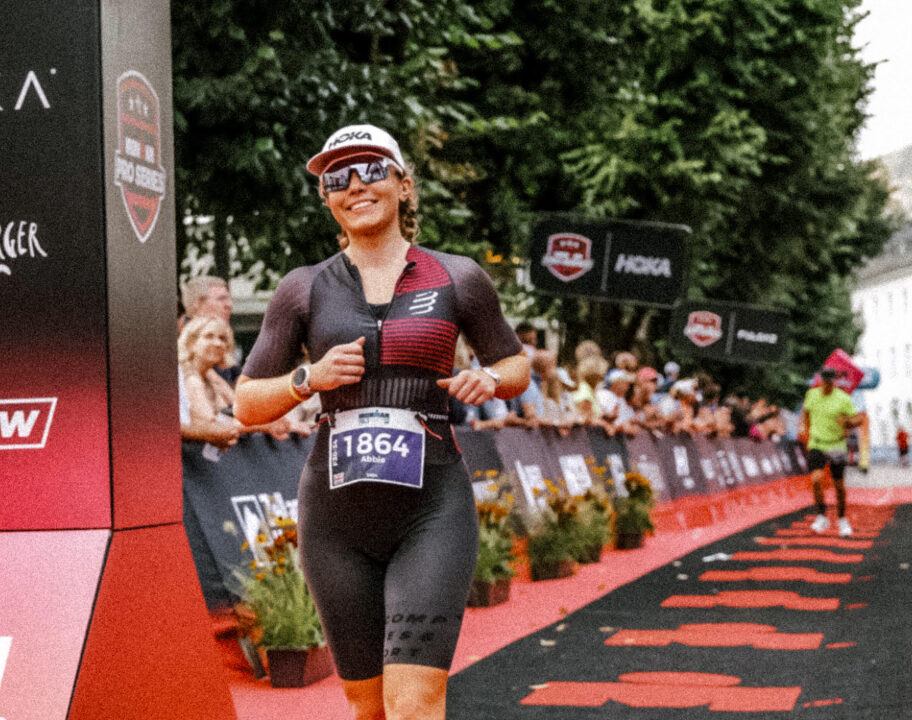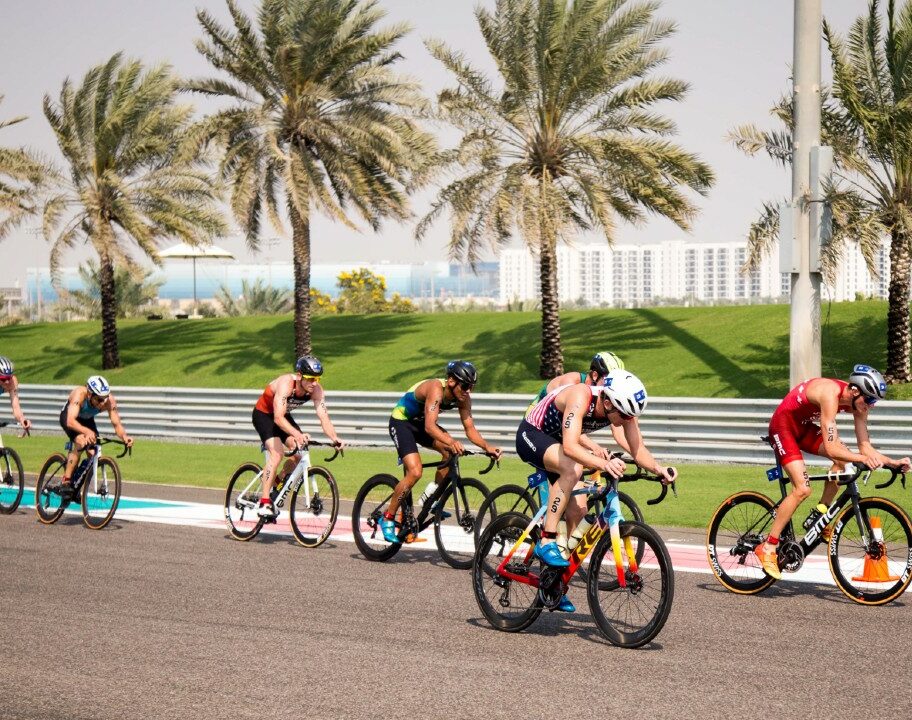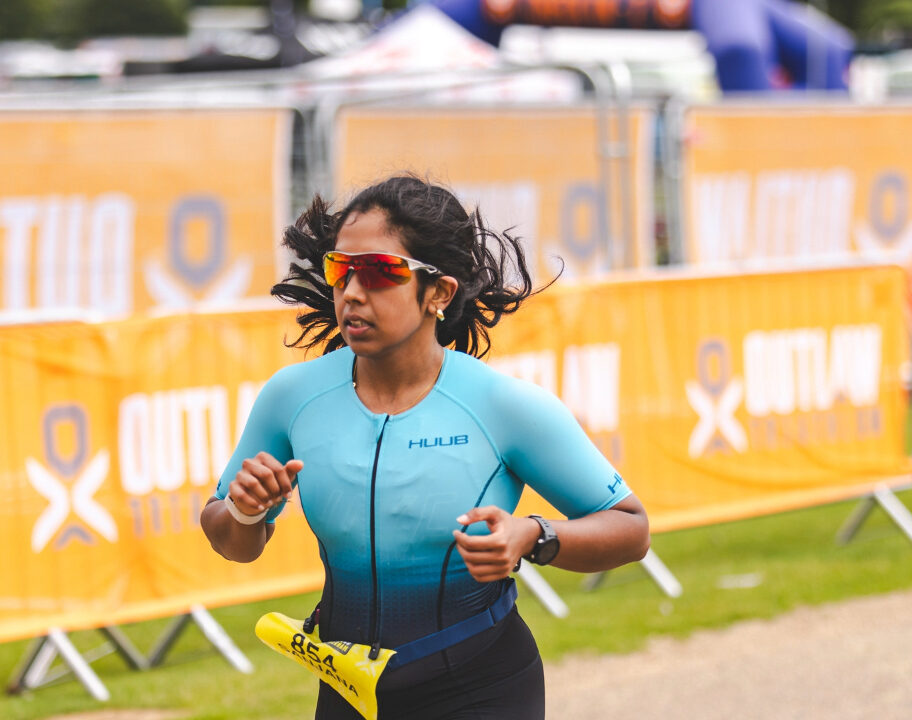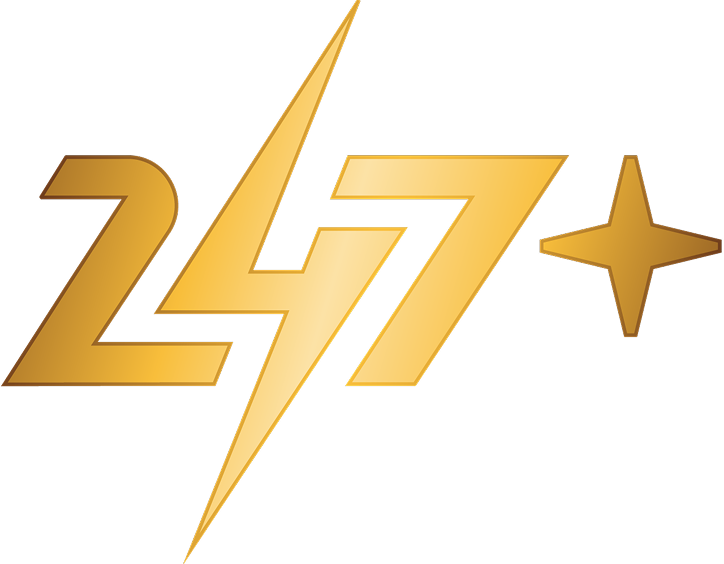It was an emotional moment of redemption at the Paris 2024 Paratriathlon, when Great Britain’s Dave Ellis along with his guide Luke Pollard cast aside the ghosts of their Tokyo 2020 agony to finally win a Paralympic gold medal. And now British Triathlon are looking to build on this Paris 2024 PTVI success as they launch their search for guides to join their Paralympics World Class Programme – with sights set on LA2028.
So could you be part of the team that supports future Paralympic gold medallists to achieve their goals? Find out more about what it takes to be a Paratriathlon guide.
It’s not just about performance
Obviously, if you’re going to guide a world class athlete – you’re going to have to be pretty rapid across the swim, bike and run. “To be a great guide in paratriathlon, you need to be a solid performer and capable of competing against the best in the world,” Head of Paratriathlon Tom Hodgkinson explains.

But athletic performance and capability is only one part of the picture: “We are looking for someone who can build a strong bond with the athlete they are working with and want to be involved and become part of our team,” says Tom.
Communication and trust is key
That ability to communicate and build a trusting bond is a skill that Luke Pollard, guide to Dave Ellis, highlighted as being key when we spoke to him recently about his own experience of getting into paratriathlon guiding. “A good guide-athlete relationship does equal really good results. You see it across, not just me and Dave, but other pairings. Athletes and guides who’ve got this really good trust. The athlete can push harder, the guide can communicate better. Being able to perform the role better to help the athlete get the most out of themselves to get the best result.”
“I’d say the skill that massively stands out is communication. But it’s more learning about the athlete as well, understanding that different athletes like difference cues.”
You don’t need to know everything right away
Given the duo’s success, it would be easy to assume that Luke Pollard already had a lot of experience of guiding paratriathletes when he started working alongside Dave Ellis. But it was interesting to find out that his first training session with Dave, was also the first time he’d ever ridden a tandem.

“I think it’s quite rare to find someone who rocks up to that first session and they’re an absolute whizz on the tandem. Everyone’s going to be a bit tentative and possibly a bit nervous. But I think triathletes in general, they’re pretty resilient and adaptable. That’s a huge part of our sport… So I think it’s just being open minded, being relaxed and you’ll be able to pick it up. It’s easier to pick up than you think it is.”
Ultimately, it’s about having potential says Tom Hodgkinson: “As we are at the start of our Paralympic cycle, we are also keen to talk to athletes who are not quite at international level but with our support could be a world class guide in LA and beyond.”
“Just go for it.”
Think you might have what it takes but feeling a little hesitant? “Just go for it,” says Luke. “I think it’s definitely the best thing I’ve ever done with sport and with triathlon. It’s not just Dave, the whole paratriathlon team is really fantastic and a really good thing to be a part of.”
Through their ‘Guides for Gold’ campaign, British Triathlon are on the search for:
- Training guides – to support existing guide/athlete partnerships as they prepare for events
- Reserve race guides – to provide additional guide options for our visually impaired athletes when they compete
- Named athlete guides – to partner specific athletes as they build towards LA2028 and beyond
What are the performance requirements to be a paratriathlon guide?
While, as Luke Pollard has highlighted, many of the practical skills to be a paratriathlon guide can be learned. It’s also important that you have the athletic potential to be able to train and race alongside world class athletes. So what does it take?
Female guides
For prospective female guides, you’ll need to have a critical swim speed (CSS) of around 1:15-1:17 mins/100 metres. Your 20 minute power on the bike needs to exceed 275 watts, and you need to be comfortable riding a TT bike. For the run, on a flat course, you need to be able to run a 5km in 18 minutes or less.
Male guides
For males, you need a swim CSS of 1:10-1:12 mins/100 metres. A 20 minute bike power over 400 watts. And a flat 5km time of 15 minutes or less.
How to apply or find out more
If you think you might have the potential to be a guide for a paratriathlete and compete at a world class level, you can find out more and register your interest on the British Triathlon website. The federation plans to hold a day for potential guides to meet some of the athletes and the performance team over the summer.

